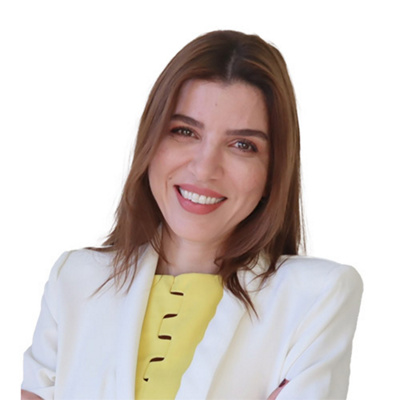What is a sleep related breathing disorder?
It is a disorder that can cause breathing to stop or become shallow while sleeping. This causes oxygen levels in the body to fall, triggering the brain to wake up and take a breath.
There are different types of sleep related breathing disorder, including:
- Obstructive sleep apnea (OSA) when there is an obstruction of the airway in the nose, throat or upper airway. This causes temporary lapses in breathing. It may happen for a few seconds at a time and occur multiple times during a sleep cycle.
- Central sleep apnea (CSA) when there is a problem with the brain system for controlling muscles involved in respiration leading to slower and shallower breathing.
Sleep related breathing disorder can lead to complications, including behavioural, heart and lung problems- if left untreated.
When should I suspect a sleep related breathing disorder?
Below are the signs and symptoms of a sleep disorder in children:
- Snoring.
- Pausing in breathing during sleep.
- Breathing through the mouth.
- Noisy breathing, coughing, and choking while asleep.
- Frequent interrupted sleep or short-term wakefulness during sleep.
- Persistent bed wetting.
- Hyperactivity, mood swings, and/or inattentiveness during the day.
There are several different causes, including:
- Obesity
- Enlarged tonsils and adenoids
- Genetic disorders such as children with trisomy 21
- Neuromuscular disorder such as Duchenne muscular dystrophy
- Endocrine disorder such as hypothyroidism
How to confirm the diagnosis of a sleep related breathing disorder?
If you suspect your child may have a sleep disorder, you should see a doctor immediately. Sleep disorders can lead to neurological and cardiovascular problems if left untreated.
The paediatric pulmonologist will take a detailed medical history and perform a physical exam to assess breathing and look for obstructions that might cause breathing difficulties. These might include things such as enlarged tonsils or narrow airways. If the doctor suspects sleep apnea, she/he may recommend a sleep study.
Sleep study is the test used to objectively confirm a sleep related breathing disorder. It is an overnight test that can record a variety of body functions while a child sleeps.
There are different levels of sleep studies:
- Simple one (recording oxygen and heart rate over night) can be done at home
- Polysomnogram: is the highest-level study and the most accurate. It is conducted at the sleep lab in a hospital.
Polysomnogram (PSG) involves adding, electrodes to the head and body to monitor your brain waves, breathing, and movement while the child sleeps. A technician watches as you sleep via a discreet camera.
How is a sleep related breathing disorder treated?
Treatment mostly depends on treating the cause.
Reducing weight in obese children, and surgically removing the tonsils and adenoids when enlarged may resolve the obstructive sleep apnoea.
For some obstructive and central sleep apnoea, treatment with an overnight home ventilator becomes essential. CPAP and BiPAP ventilators deliver a steady stream of air. The air pressure helps keep airway open, preventing pauses in breathing. Children on a home ventilator will need close monitoring and regular follow up by an experienced multidisciplinary team including doctor, respiratory nurse and respiratory physiotherapist.

